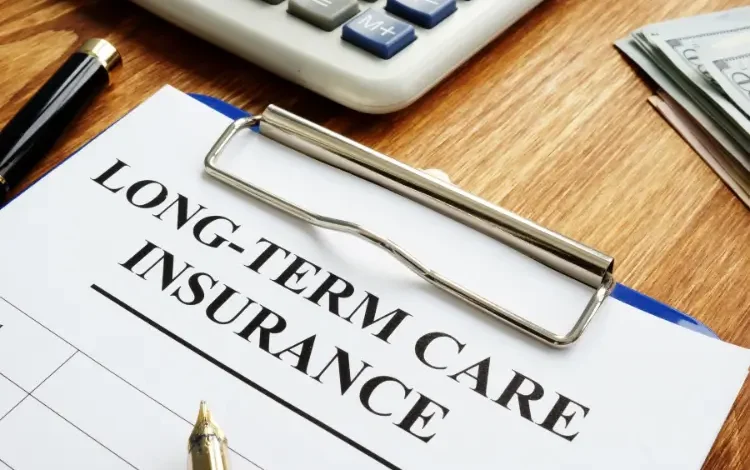Best Term Insurance: How to Balance Coverage and Premiums

The best term insurance is not simply the one with the cheapest premium or the highest sum assured. It is the one that balances adequate coverage with your financial capacity, while also ensuring the insurer’s reliability.
Term insurance is a basic yet effective solution for most households. But you need to strike the perfect balance between coverage and budget. This will help you feel secure without compromising the family’s financial future.
Why Coverage Matters More Than You Think?
Term insurance basically functions as the source of income in the absence of the policyholder and keeps the family’s standard of living intact. Not choosing the right amount of coverage might put the loved ones at risk. Selecting the best term insurance ensures that the coverage is adequate and future-proof.
Use the following information to estimate your coverage properly:
- Annual income multiplier – Many financial planners recommend coverage of 10–15 times the gross annual income. Some suggest going up to 15–20 times, especially for younger policyholders, to account for inflation and long-term goals.
- Existing loans – Check if the policy can pay off all the loans, such as mortgages or personal loans.
- Future needs – Factors such as education, health, and retirement for your family members should be in your calculations.
- Inflation impact – The coverage you choose should consider the rising cost of living. Standard term plans have fixed cover, but you may opt for increasing cover plans or review your policy periodically to stay protected against inflation.
How Premiums Influence Your Decision?
No matter how essential coverage is, premiums should be kept at a level that is comfortable and manageable with your budget. If your monthly budget is overstrained, then protection is rendered useless.
Some of the premium factors are:
- Age – The younger you are, the less your premiums will be.
- Health conditions – Unhealthy lives or preexisting diseases can increase your costs.
- Policy tenure – Choosing a longer duration increases the total premium payable. Still, since premiums are locked in at the time of purchase, you get long-term protection at an affordable rate if you start young.
- Add-on riders – Add-on riders, such as critical illness, accidental death, or waiver-of-premium, increase the cost but provide additional security. Do note that critical illness riders often cover only specific illnesses and may have capped benefits.
Tips for Balancing Coverage and Premiums
- Start Early
You should consider starting a policy in your twenties or thirties. That’s because younger applicants generally get higher coverage at lower premiums. However, those who start later may face restrictions on tenure length and higher premiums. - Compare Plans Online
The use of online resources can help you look at many different insurers, premiums, and benefits all at once. Doing so will help you find the best term insurance plan that best suits your goals. - Customise with Riders
Choose rider products properly. By adding riders, you will pay more, but the protection you get in return is usually worth more than the cost. - Reassess Regularly
Life circumstances are not always the same. Getting married, having children, or buying a house can increase your financial responsibilities. Rethink your policy every few years so that it is always useful to you and that it meets your needs.
Common Mistakes to Avoid
When buying a term plan, first-timers usually select this kind of policy and are often found trapped in common mistakes that can affect their protection.
- By opting for the cheapest policy – Low premiums can also be a sign of inadequate coverage.
- Overestimating affordability – The situation of you not being able to pay the premiums and the policy coming to a stop is very likely.
- Not considering claim settlement ratios – While CSR is important, also check the insurer’s solvency ratio and reputation. A combination of these factors gives a clearer picture of reliability.
- Ignoring the future – The policy should not only cover the present but also the long-term needs.
A Wise Purchase for Tomorrow
A good term insurance plan is beyond being the cheapest or the one with the highest coverage. It is something that can simply accommodate those two features of a plan with perfect harmony. By examining the needs of your family today, their hopes for tomorrow, and your financial strength, you can select a plan that offers substantial coverage without being overkill for you.
Finally, a properly balanced term plan is not merely about numbers. It represents your commitment to protecting your loved ones with financial security for the future.




